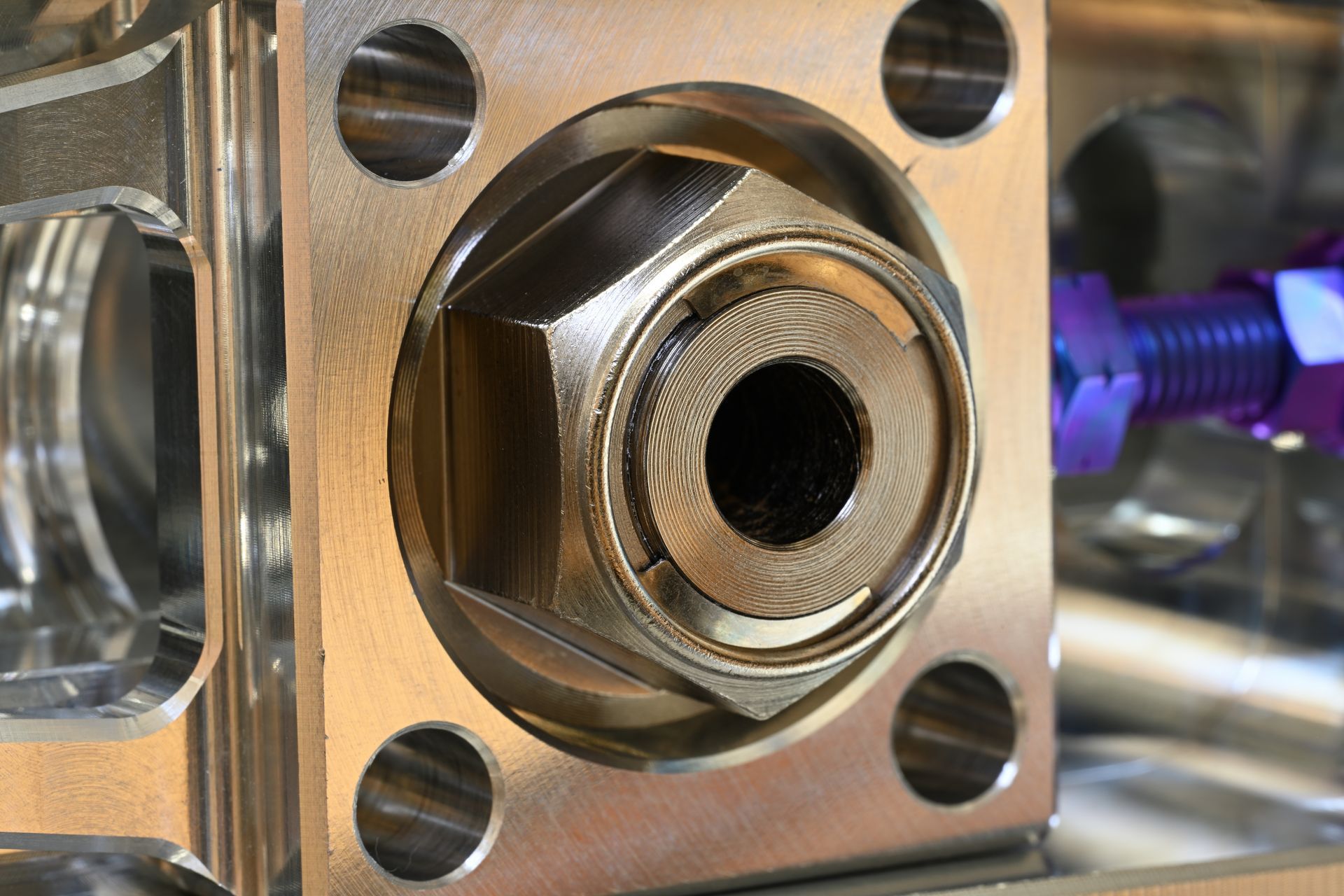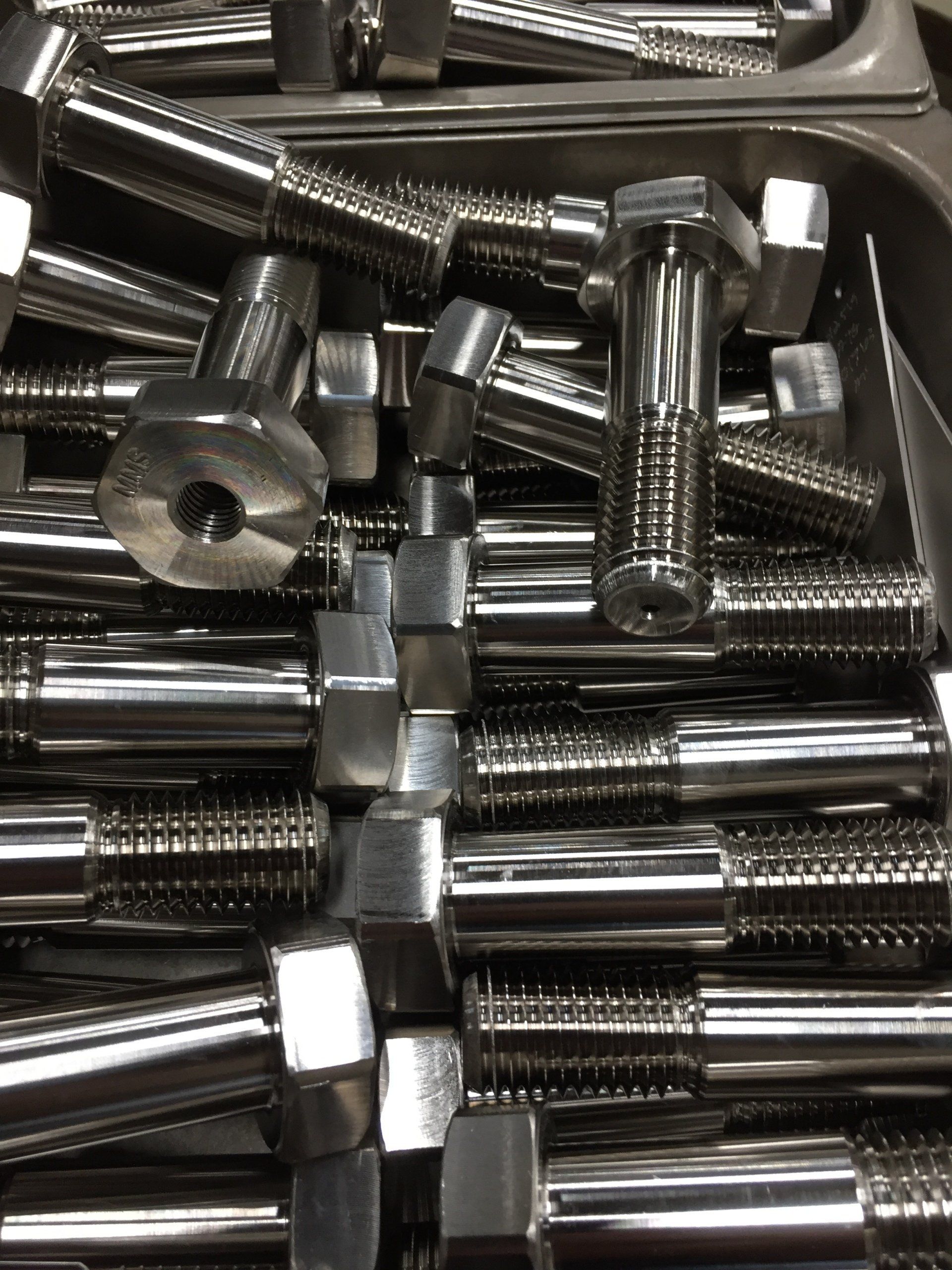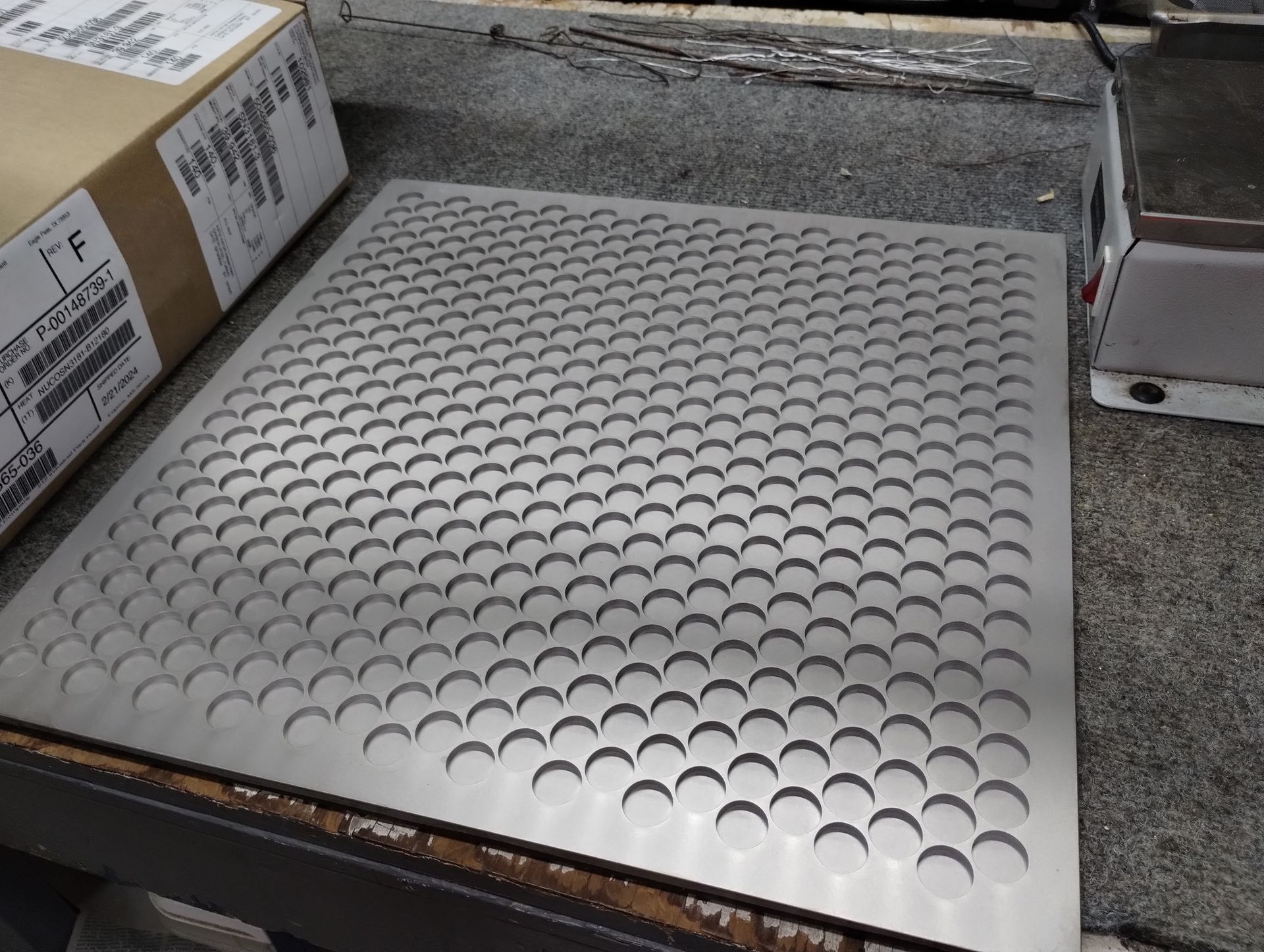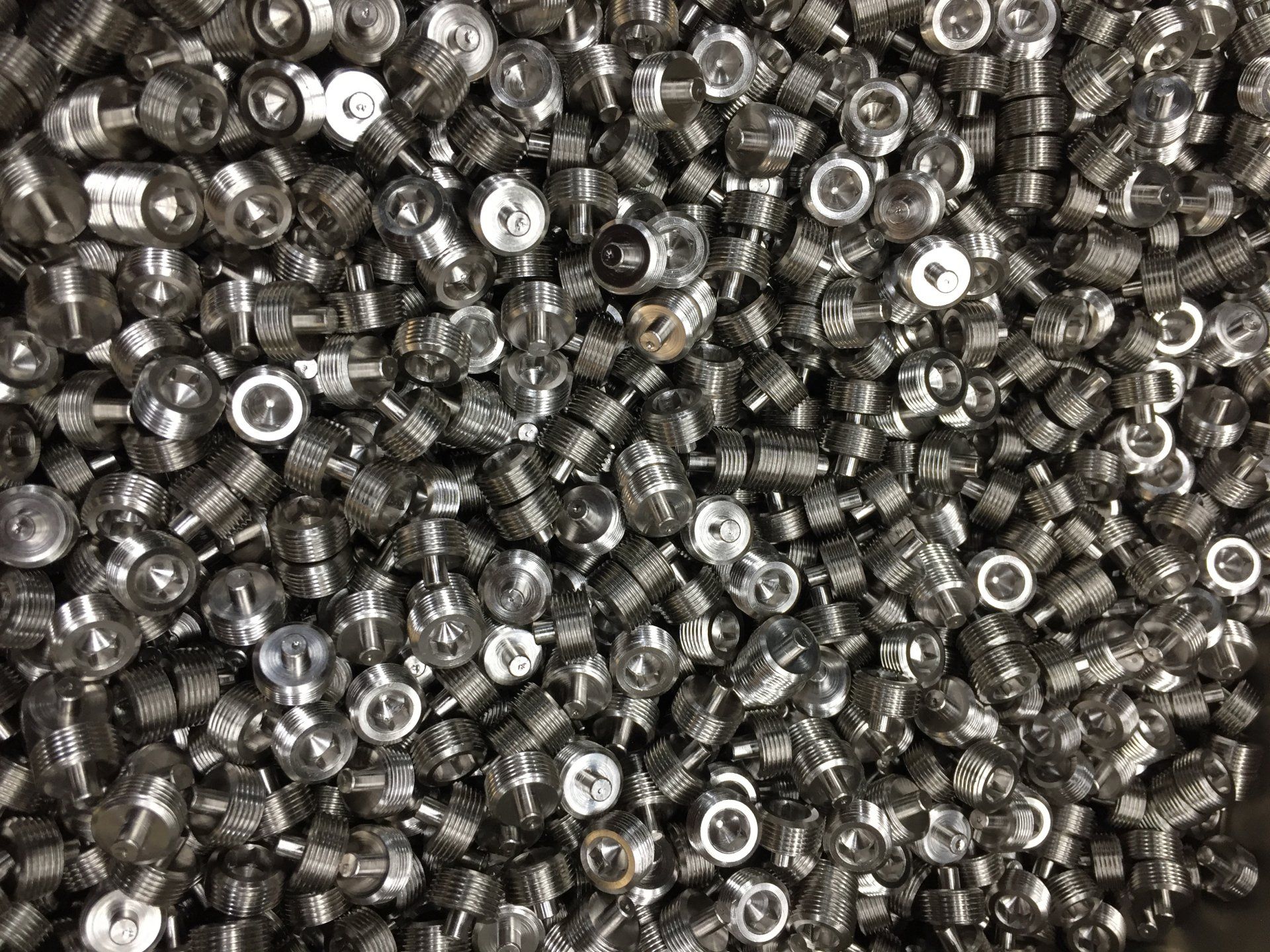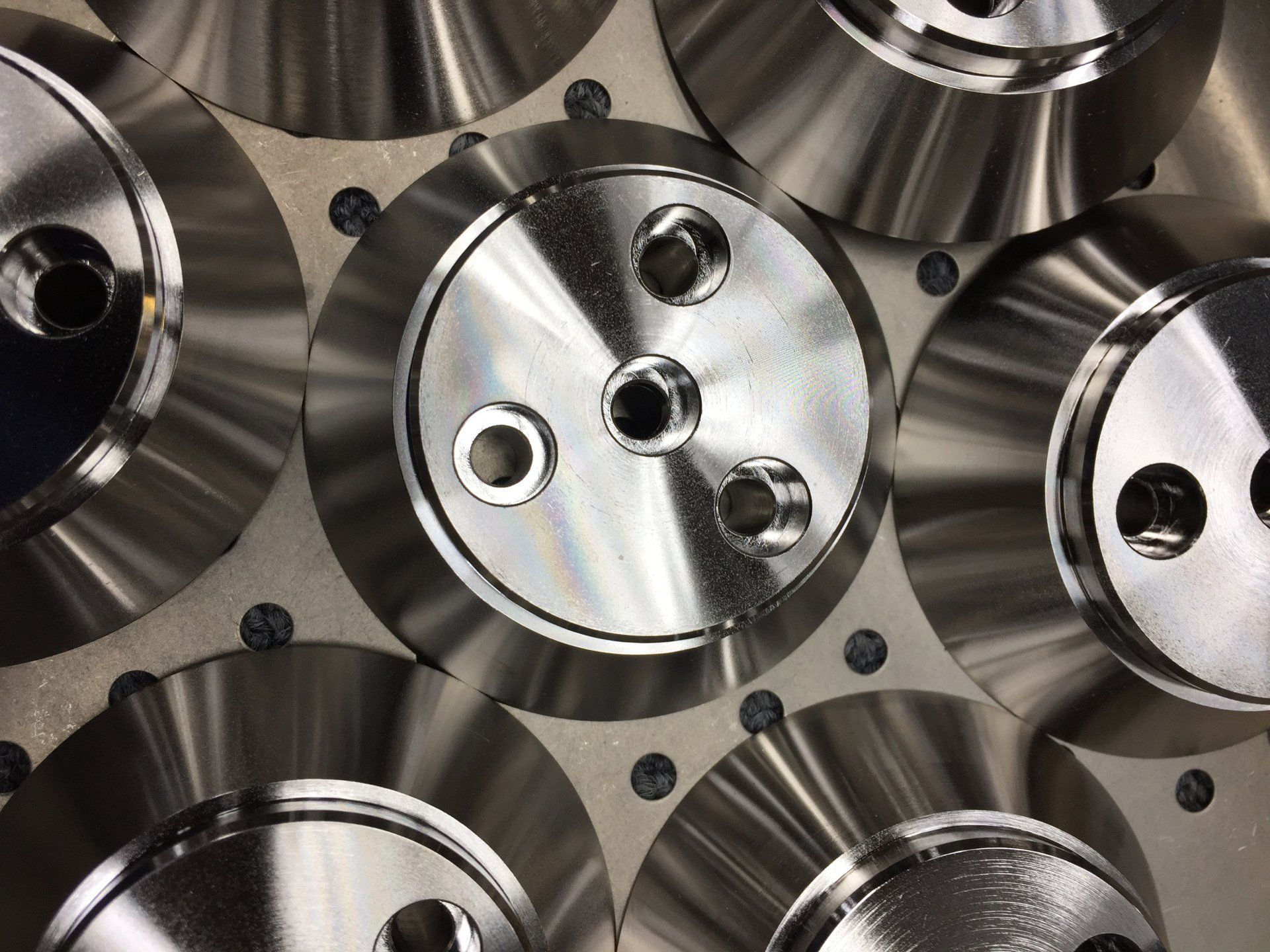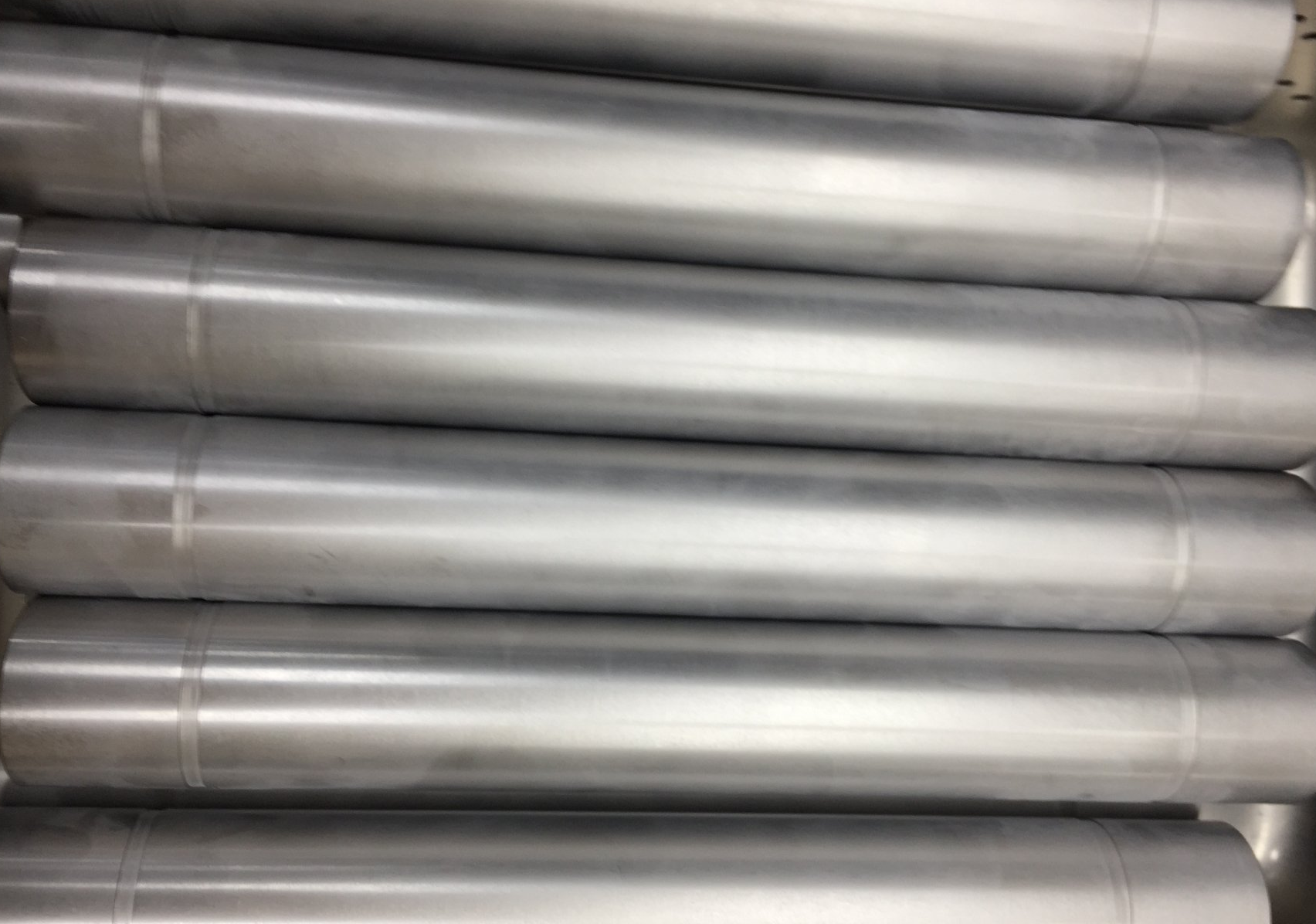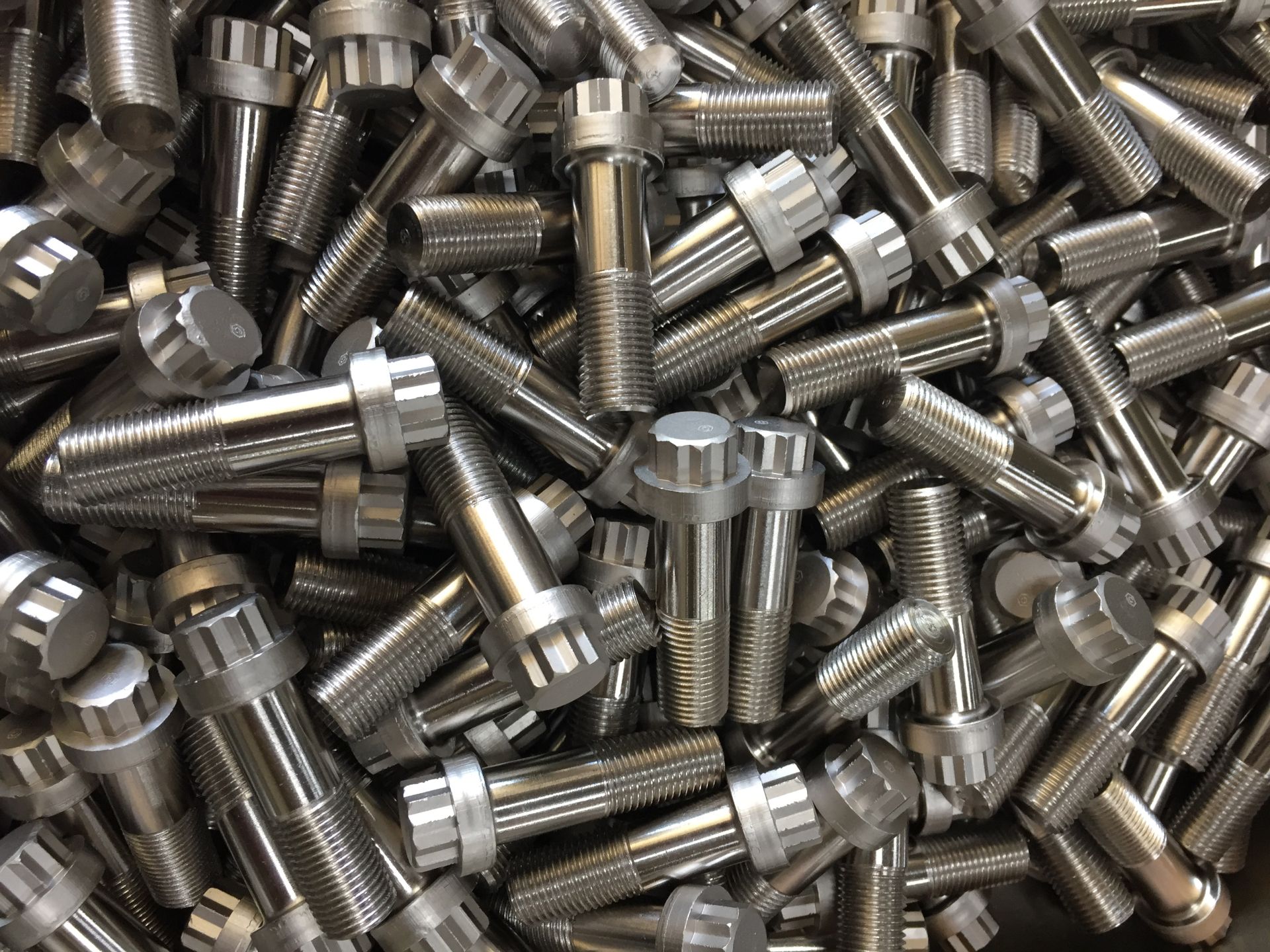What to Look for in Electroless Nickel Plating Companies
What to Look for in Electroless Nickel Plating Companies
Electroless nickel plating is a popular choice for metal surface finishing across several industries such as aerospace, automotive, electronics, and more, but not all service providers are created equal. When you are searching for a reliable electroless nickel plating company for your next project, you need a resource you can count on offering the quality work and expertise necessary to deliver results in a timely manner. Take a closer look at what you should look for in electroless nickel plating companies.
Expertise
At Micro Plating, we offer extensive expertise with electroless nickel plating encompassing both high phosphorus and medium phosphorus electroless nickel plating services. These are all carried out by state of the art equipment and J.I.T. trained personnel with an average of 25 years’ experience applying uniform coatings in efficient and cost effective ways. Throughout our years of service, we have developed coatings for the critical demands of the aerospace, automotive, fastener, pharmaceutical, and tool and die industries among others.
Quality Assurance
All electroless nickel plating services we offer abide by our quality program that meets MIL-C-26074, ASTM B733, AMS2404, or AMS2454 requirements using a written Quality, Process, and Procedures Manual. All parts go through a rigorous inspection process in which we verify coating adhesion, thickness, and other factors by using enhanced technology like X-ray fluorescence analyzers, Fischer scopes, and precision microscopes. Our in-house lab and chemists maintain strict standards to ensure all our coatings are ROHS and REACH compliant.
Customizable Solutions
The most useful electroless nickel plating company is one that can customize their services to work for your unique needs. At Micro Plating, we conduct inspections upon receiving orders to ensure that all unique instructions are implemented into our systems with accuracy. While we utilize Enterprise resource planning software that was designed for the plating industry, our friendly team members will discuss any special requests you may have for your next project. Remember, when you call Micro Plating during business hours, you will always talk to a real person without having to wait for an extension or prompting.
Phosphorus Levels
Not all electroless nickel plating applications will require the same amount of phosphorus, so we excel at offering both medium and high phosphorus solutions that can be customized to your unique needs. Our medium phosphorus plating offers good corrosion resistance with a hardness ranging from 45 Rc when untreated to 70 Rc when heat treated. Meanwhile, our high phosphorus plating services create a non-magnetic coating that can resist corrosion in severe environments with high thickness, ductility, and stain resistance.
Quality and Cost
A reliable electroless nickel plating company is going to offer the quality results you need while still pushing for lower costs driven by efficiency. To maximize efficiency, a company will need to have a streamlined production process in addition to in-house solutions that allow them to maintain quality assurance without having to rely on outside sources that can drive up costs. Micro Plating specifically has adapted an environmental policy that minimizes waste and improves recycling, which serves to enhance efficiency across the board. Of course, these efforts additionally allow our services to maintain compliance with all applicable State and Federal regulations.
Turnaround Time
When you are looking for quality plating, you may need a fast turnaround time. While commitment to quality does take longer, Micro Plating can expedite orders for a minimal fee. Even without expediting, our normal order lead time from receipt of material is 6 days. This can vary based on the details of the specific job, but each job at our facility is entered into a centrally located Kanban spreadsheet that is reviewed daily by our team to ensure on time delivery.
Request a Quote from Micro Plating Inc
At Micro Plating, we offer reliable services from a customer-oriented electroless nickel plating company. Our team is here to assist you with your unique needs providing the quality service your next project deserves. Get in touch with our team today to request a quote for your next project’s plating requirements.
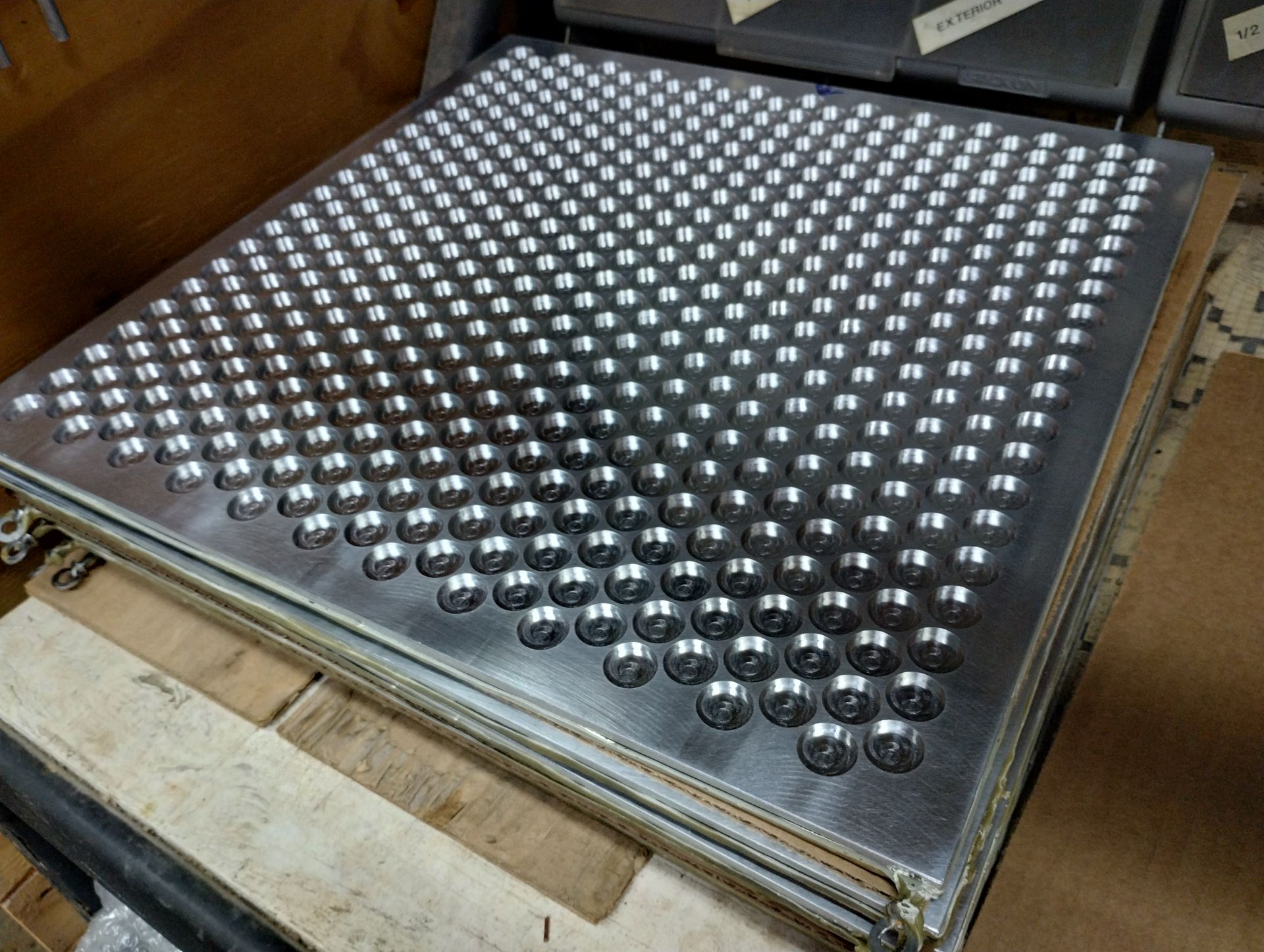
CONTACT US
Footer form
We will get back to you as soon as possible.
Please try again later.
Location
8110 Hawthorne Dr.Erie, Pa 16509
Contact Us
Micro Plating Inc. | All Rights Reserved |
Created by Olive + Ash.
Managed by Olive Street Design.

